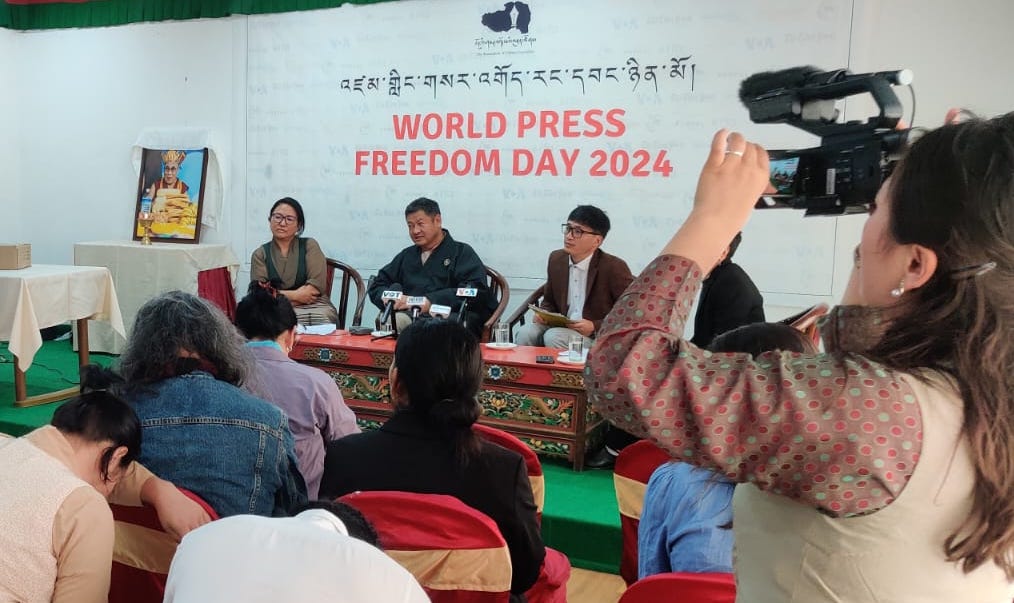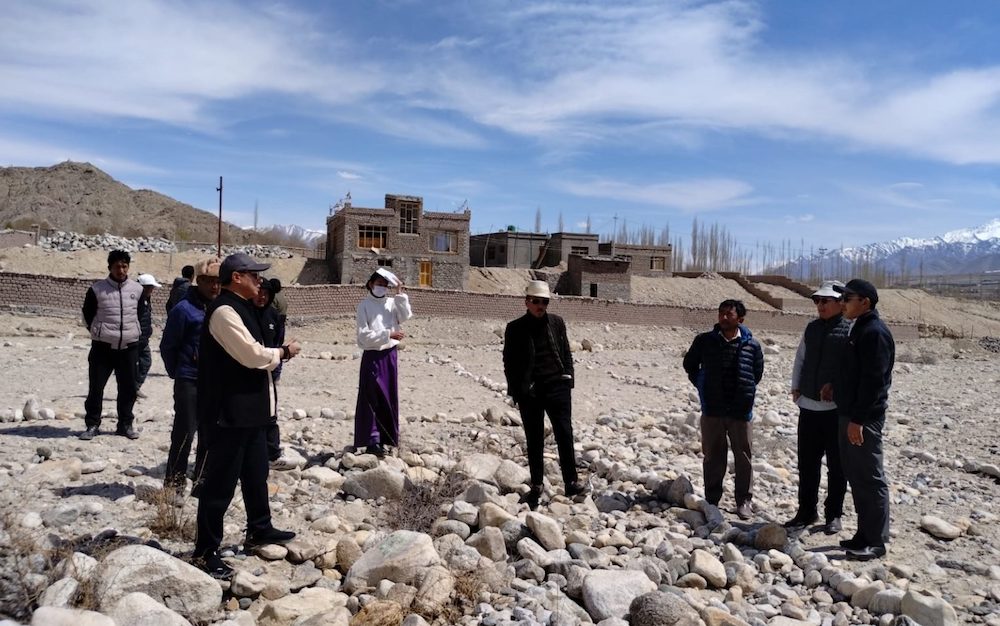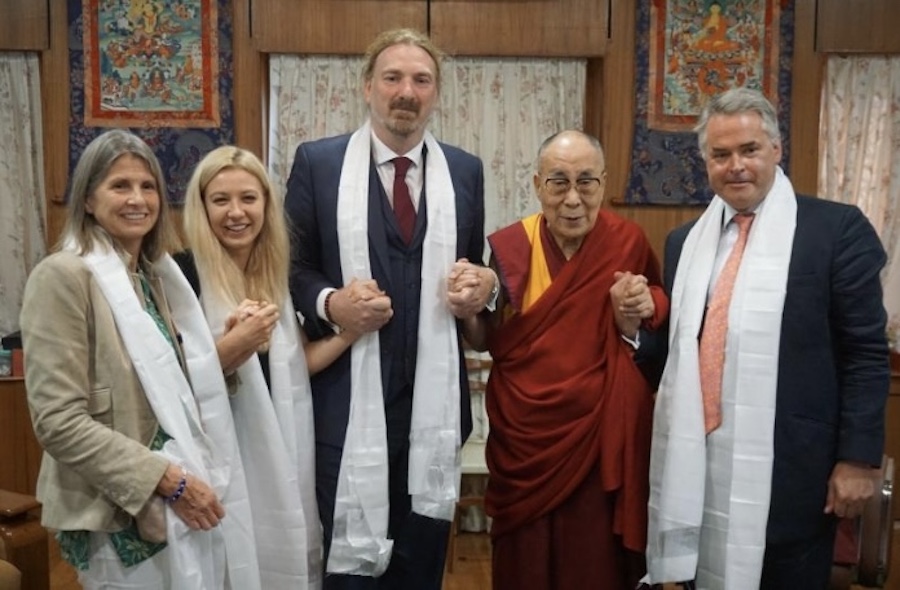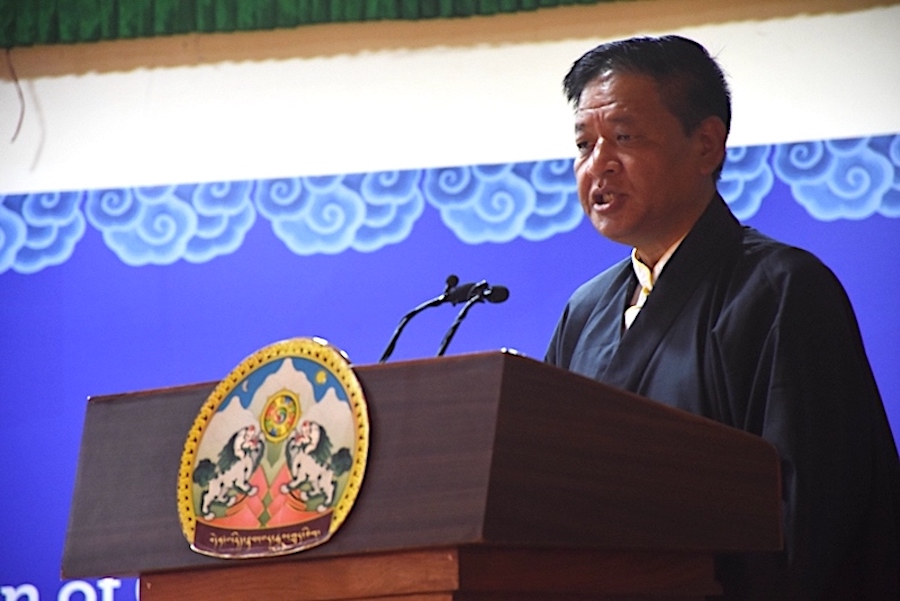For half her young life, nun Ngawang Sangdrol has been jailed and tortured for defying Chinese occupation. Now she’s free, and pleading for help for her homeland, writes Edward Douglas
As a beacon of resistance, she could not look more vulnerable. Ngawang Sangdrol is just over 5ft tall and very slight. It is hard to imagine how a man armed with an iron bar could attack her, let alone a whole mob.
But until her release in March, she had defied that and worse while serving 11 years of a 21-year sentence for protesting against the Chinese occupation of her homeland. She is still only 25.
At the little house in Wapping where she is staying while in London, it is obvious that prison and beatings have taken their toll. She walks stiffly, with a bow in her legs. She suffers pain in her kidneys and while we talk unconsciously massages her head, as near-constant headaches are the legacy of a savage attack by guards in 1998.
Ngawang has become a relentless traveller since being allowed to leave Tibet for medical treatment, meeting politicians and human rights groups who worked for her release. But the kind of peaceful resistance advocated by the Dalai Lama doesn’t get the attention it used to in a world where people blow themselves up in crowded streets.
She was first arrested, aged 13, in 1990 – one of a handful of young women from Garu nunnery near Lhasa who demonstrated for a free Tibet at a festival near the Norbulingka, the Dalai Lama’s old summer palace. ‘Police grabbed us and started beating us,’ she said. ‘Then they threw us in a truck. At the prison there was a mob waiting and they immediately started beating us.’
Ngawang was beginning 11 years of imprisonment and torture, which made a mockery of China’s judicial commitment to respect the rights of children. Offered a document to sign renouncing her support for the Dalai Lama, she refused and served nine months in Lhasa’s notorious Drapchi jail.
Guards beat her with iron pipes and stuck electric batons in her mouth, even taping electric wires to her tongue. Her hands were tied behind her back and she was hung by her wrists from the ceiling.
She was released in 1991 to find herself alone. Her father and one of her brothers remained in Drapchi as political prisoners and her mother had died. Ngawang earned a little money running an illegal stall in a Lhasa market. As a former political prisoner, she was not entitled to a work permit, neither could she return to her nunnery.
With three monks and another nun, she went to the Barkhor, a street by the Jokhang temple, Tibetan Bud dhism’s spiritual centre. They chanted slogans demanding independence. This time she was sentenced to three years. She was 15.
The nuns imprisoned at Drapchi, most little more than children, have become legends of resistance to the Tibetans. By the mid-1990s, at the height of a renewed period of repression, the Lhasa authorities had locked up 163 nuns. Ngawang, particularly defiant, became a focus for opposition and she was singled out for even more abuse than the other nuns. With a half-smile she says: ‘Maybe they didn’t like me.’
Now she is again using her freedom to draw attention to the plight of Tibetans. State control is absolute; if Tibetans protest, the right to work, freedom of association and the right to practise religion are taken away. To stop political activists from becoming nuns or monks, the authorities now issue permits to those seeking to join religious institutions. ‘As soon as you are politically involved, you don’t have any rights,’ says Ngawang.
The guard running Ngawang’s unit was a Tibetan called Pema Butri. She would call the nuns ‘evil spirits’ and saw herself as a spiritual woman, demanding respect from the nuns as though a great lama herself.
Despite such tight control, a tape recorder was smuggled into the prison. A group of 13 nuns recorded protest songs which were later released on an album by human rights organisations. For her part in the enterprise, Ngawang was given an extra six years and put in solitary confinement. Denied food and blankets, she was kept awake at night.
She recited long prayers she had memorised, and made a rosary from the threads in her shirt, which she hid from the guards. Other prisoners went on hunger strike to protest against her treatment. ‘When they attacked me, of course I was afraid. They wanted to make me say the things they wanted to hear. But I was ready to die. They will never take my heart.’
Twice more the authorities increased her sentence, in 1996 for eight years after she defied a programme of ‘patriotic’ education. In 1998, after a demonstration against the raising of the Chinese flag over the prison, five nuns died from wounds sustained in the rioting or, as the Chinese claim, at their own hands.
Kate Saunders, an independent Tibet analyst, told The Observer : ‘Ngawang’s release demonstrates China’s concern for the “face” it presents to the world under the presidency of Hu Jintao. Beijing wants to consolidate and develop relations with the US. But policy on Tibet remains unchanged. There’s still an intense focus on suppressing dissent while promoting fast-track economic development to accelerate the assimilation of Tibet into the motherland.’
Few Western governments will condemn the Chinese, for fear of antagonising them. On Wednesday, the Foreign Secretary, Jack Straw, met his Chinese counterpart, Li Zhaoxing.
On Thursday, Straw publicly launched a government handbook, Combating Torture, to mark UN International Day in Support of Victims of Torture and signed new protocols to the UN Convention Against Torture. That day, junior Foreign Office Minister Bill Rammell was meeting Ngawang in private – to avoid embarrassing Li Zhaoxing.









